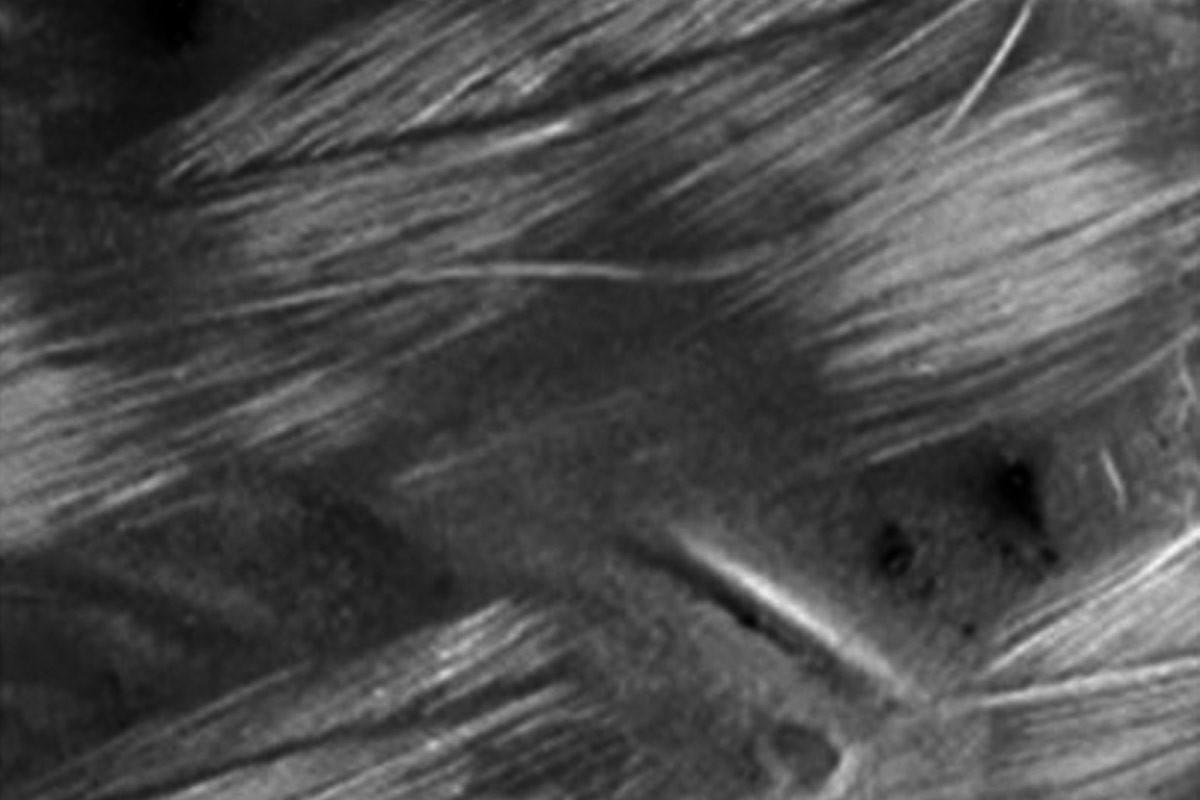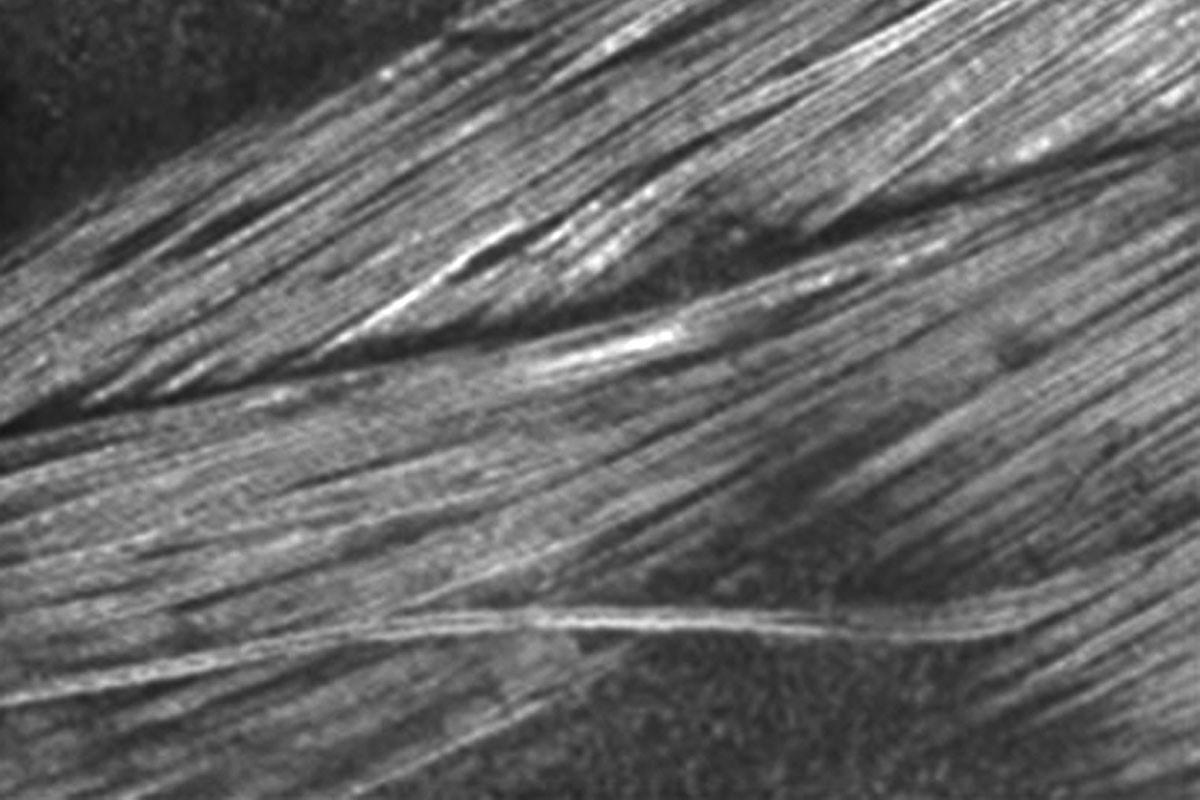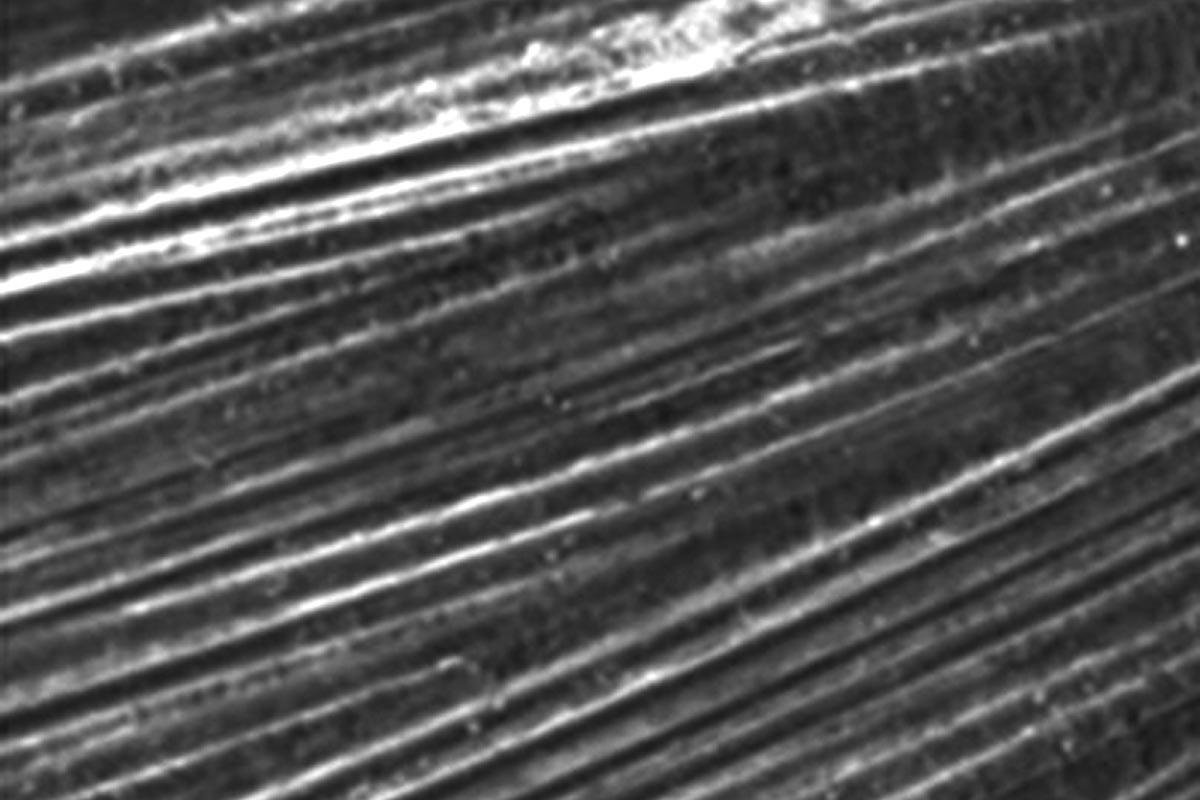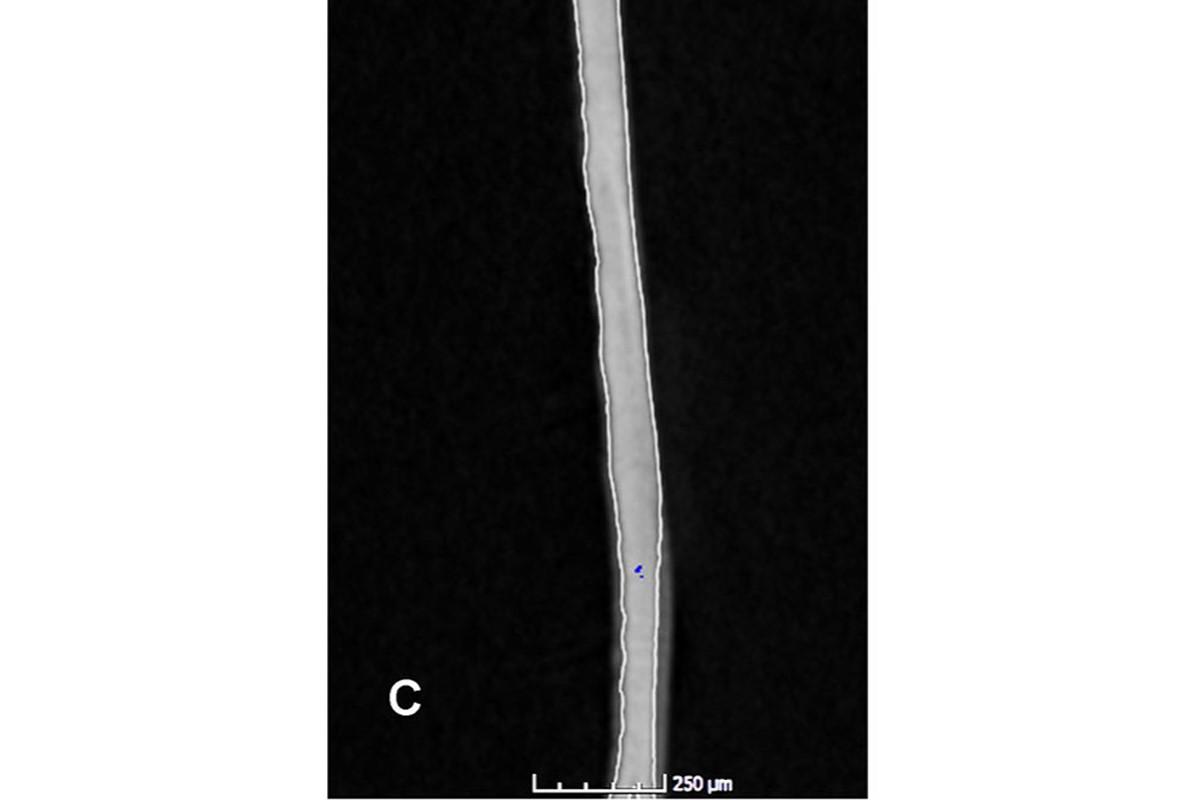Study
>https://doi.org/10.3390/ma16030904
Qasim, S.S.B.; Al-Asfour, A.A.; Abuzayeda, M.; Mohamed, A.M.; Trajkovski, B.; Murray, C.A.; Zafiropoulos, G.-G. Materials 2023, 16, 904.
BACKGROUND
Understanding the differences of the mechanical and physicochemical properties of commercially available PTFE membranes would serve to provide an appropriate indication-oriented selection for the clinical use, however detailed knowledge about these characteristics are scarce in the scientific literature.
OBJECTIVES
- To investigate the physicochemical and mechanical properties of six commercially available non-reinforced PTFE membranes including permamem®
- To correlate the found properties with potential benefits for the clinical application
METHODS
Surface architecture, chemical composition, tensile strength, Young’s modulus, wettability, roughness, density, thickness and porosity of the various membranes were analyzed using scanning electron microscopy, X-ray photoelectron spectroscopy, tensile tests, polar liquid contact angle measurements, optical profilometer measurements and nano-CT.
RESULTS
General findings
- All tested membranes show morphologically heterogenous structures (PTFE fiber orientation and pattern arrangement)
- Almost identical spectral portfolio/atomic composition among the tested membranes
- Surfaces consist consistently of polytetrafluoroethylene (-CF2-CF2-)n, which confirms their bioinert characters
- All membranes were found to be robust during tensile loading, with no significant differences among them with respect to strain data
- Demonstrated hydrophobic properties as well as high density for all tested membranes
- Non-textured membranes had higher stiffness and hydrophobicity compared to textured ones
Findings for permamem®
- Smooth surface profile
- Tightly packed non-porous microstructure
- Lowest thickness among all tested membranes
- Highest density among all tested membranes
- Lowest and correlating values between material volume and thickness as well as defect volume and defect volume ratio



Fig. 1. Surface microstructure of permamem® at 50x (left), 100x (mid) and 500x (right) magnification (scanning electron microscopy).

Fig. 2. Delicate, thin structure of permamem® (Nano-CT).
SUMMARY
- Investigated PTFE membranes were found to be bioinert, hydrophobic and had similar densities
- Significant differences were found for thickness, tensile strength, stiffness and porosity
CONCLUSIONS FOR PERMAMEM®
- Optimal structure with respect to thickness and material volume
- Proven bioinert character which favors tissue integration
- Non-porous structure benefits cell-occlusiveness and barrier function
- Hydrophobic character may contribute to reduced plaque accumulation
- High density and smooth surface supports membrane removal











